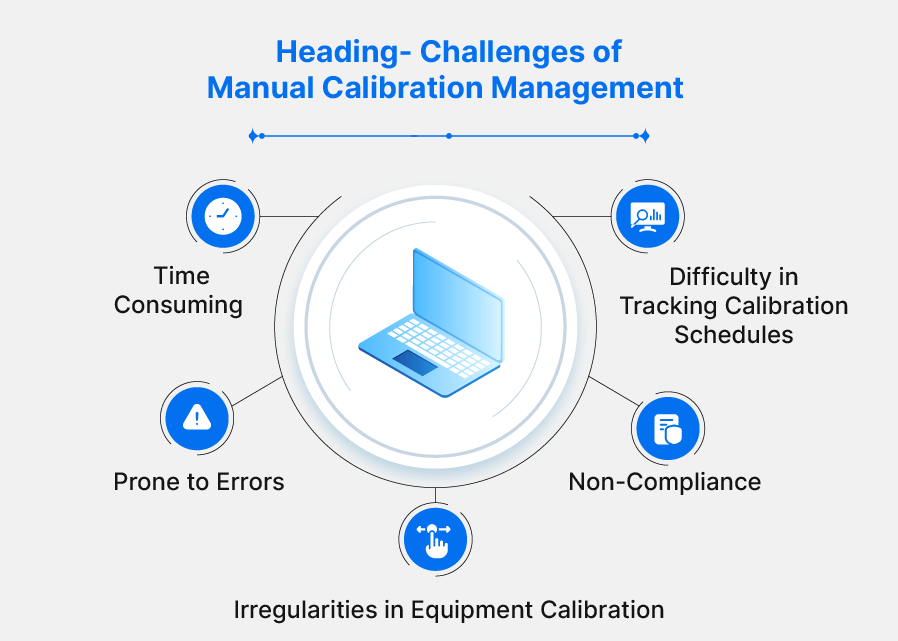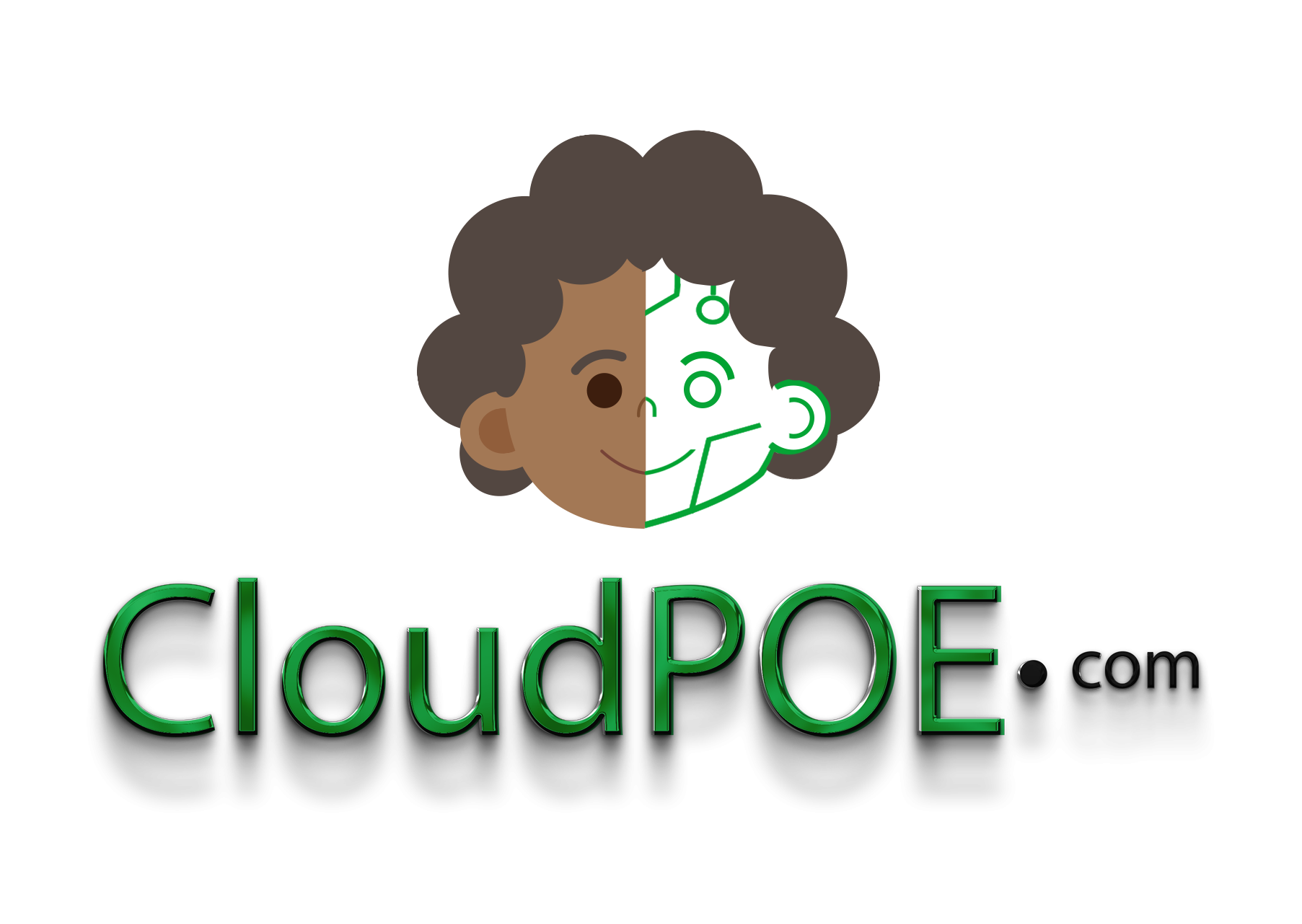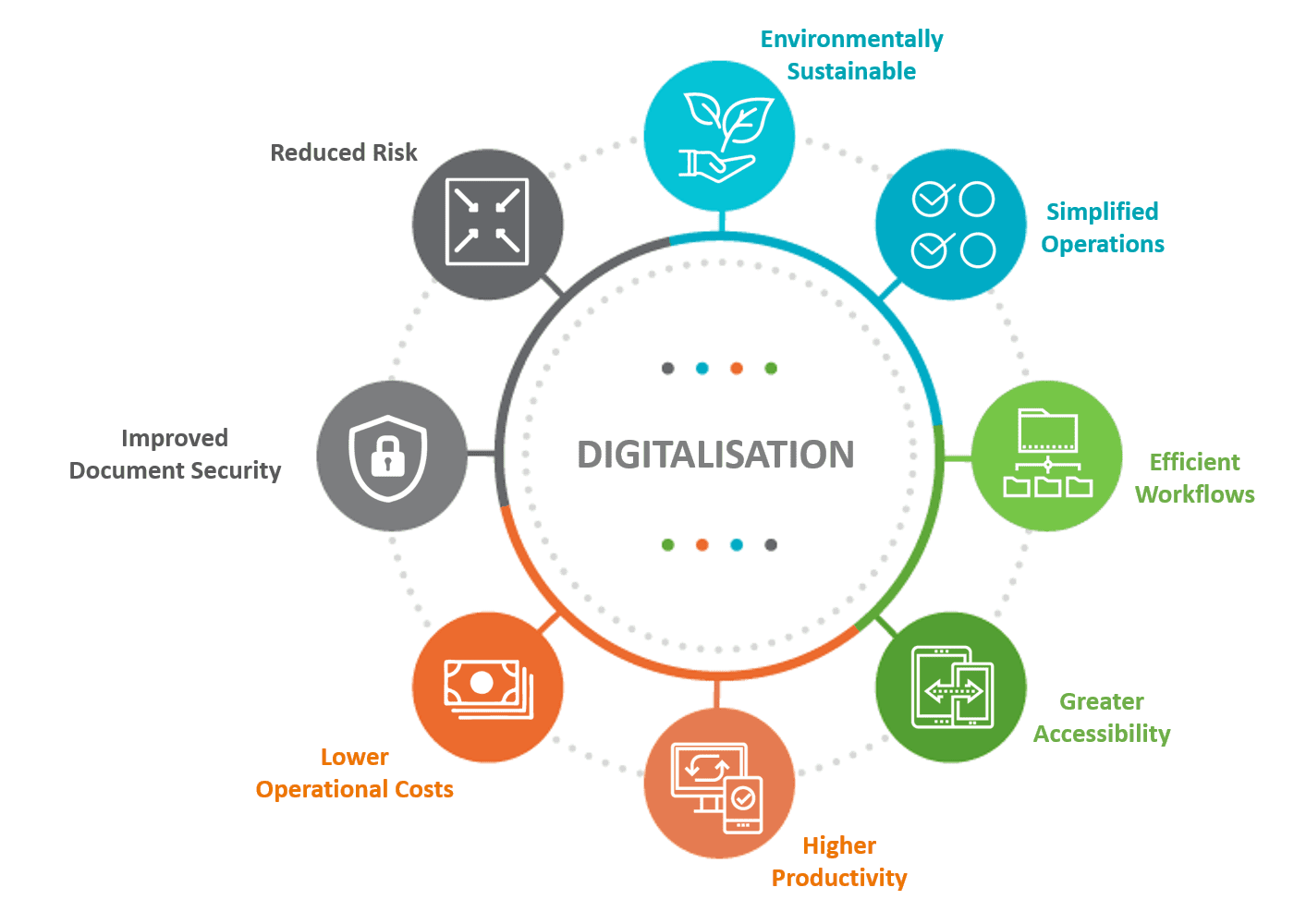The Case for Digitizing Learnership Management
In an era where digital transformation is sweeping across industries, learnership management systems are ripe for innovation. Traditionally, these programs rely heavily on manual processes—paper logbooks, in-person attendance tracking, and endless compliance paperwork. While these methods worked in the past, they are no longer sustainable in a world where efficiency, data accuracy, and real-time reporting are essential.
This blog explores why digitization is crucial for managing learnership programs and the benefits it brings to both administrators and learners.

1. Streamlining Administrative Workflows
Manual learnership management can be a logistical nightmare. Tasks like tracking attendance, managing stipends, and reporting to SETA (Sector Education and Training Authority) consume an enormous amount of time and resources. Digitizing these processes using platforms like CloudPOE simplifies these tasks, allowing administrators to focus on more strategic initiatives. Automation ensures that repetitive tasks such as data entry, compliance tracking, and stipend disbursement happen efficiently and accurately, without human error.
With a digital system, everything is centralized, meaning reports, compliance documents, and logs are accessible with a few clicks. Not only does this improve efficiency, but it also allows for more precise and timely decision-making.
2. Ensuring Compliance and Reducing Errors
For many organizations, compliance with government regulations is a top concern. Traditional methods leave room for human error—misfiled paperwork, incomplete logbooks, or incorrect stipend calculations can jeopardize compliance with SETA and other regulatory bodies. Digitized systems offer automated tracking and reporting features that make it easier to remain compliant.
A platform like CloudPOE automatically generates the reports needed for compliance, reducing the manual labor involved and ensuring that deadlines are met without errors. It can send automated notifications for upcoming compliance requirements, giving organizations peace of mind and saving them from penalties or delays.

3. Real-Time Reporting and Data-Driven Insights
With manual learnership management, gathering data on program effectiveness can be slow and challenging. Reports are often outdated by the time they are compiled, and crucial insights may be missed altogether. Digitizing these processes offers real-time reporting, allowing administrators to track progress, identify bottlenecks, and make data-driven decisions that optimize the program’s impact.
For instance, CloudPOE provides dashboards that give a quick overview of attendance rates, compliance status, and financials. Administrators can easily see which areas need attention, ensuring that corrective action can be taken promptly. Real-time data also helps in evaluating the program’s impact on participants and adjusting it to meet strategic goals.
4. Improved Learner Experience
Learners benefit significantly from digitized learnership management. Manual processes often lead to frustration, with learners needing to chase down documents, wait for stipends, or deal with inaccurate records. With a digital system, learners have more transparency into their progress and can access information such as attendance logs, performance metrics, and stipend payments on demand.
Additionally, with automation handling administrative tasks, program managers can invest more time in developing the learners themselves, improving the overall quality of the learning experience.
5. Scalability and Future-Proofing
One of the key advantages of digitization is scalability. As your organization grows or government-funded programs expand, the demands on manual systems become untenable. A digital platform grows with you, effortlessly managing increasing numbers of learners, compliance requirements, and reports without additional administrative burdens.
CloudPOE, for example, integrates seamlessly into existing systems and offers the flexibility to adjust workflows as your needs evolve. By future-proofing learnership management through digitization, organizations can ensure they remain agile and competitive in an ever-changing landscape.

Conclusion
The digital era demands efficiency, precision, and data-driven decisions—all areas where manual processes in learnership management fall short. By digitizing with solutions like CloudPOE, organizations can streamline workflows, enhance compliance, improve the learner experience, and scale their operations effortlessly. The case for digitization is clear: it’s not just about improving current operations, but about future-proofing your programs for long-term success.


